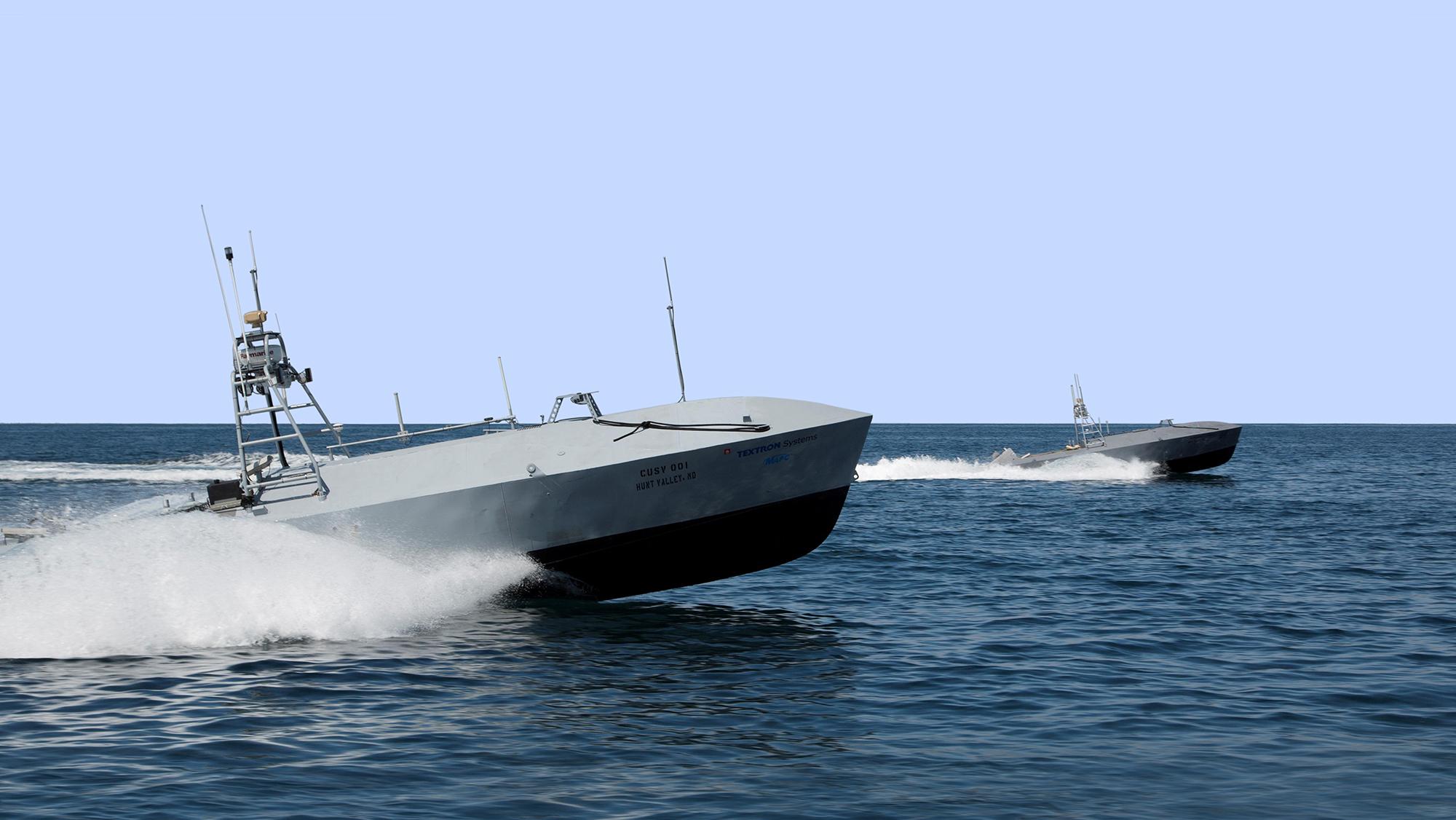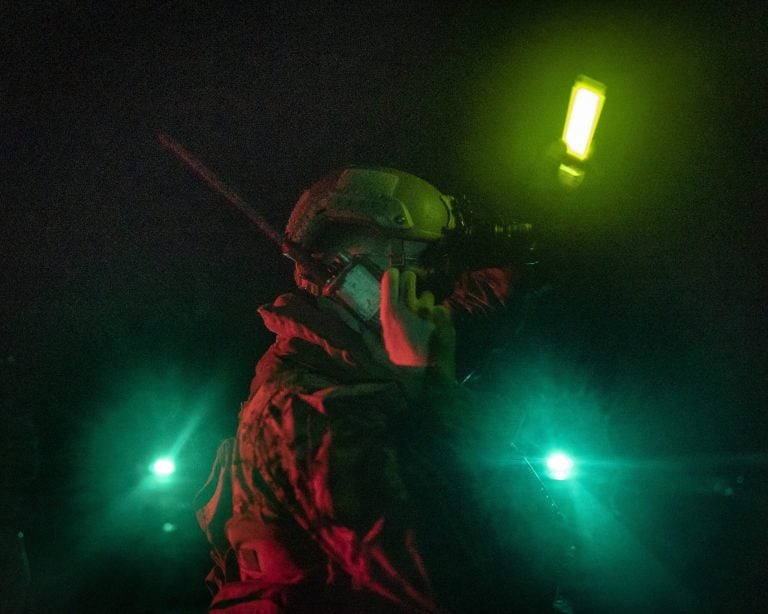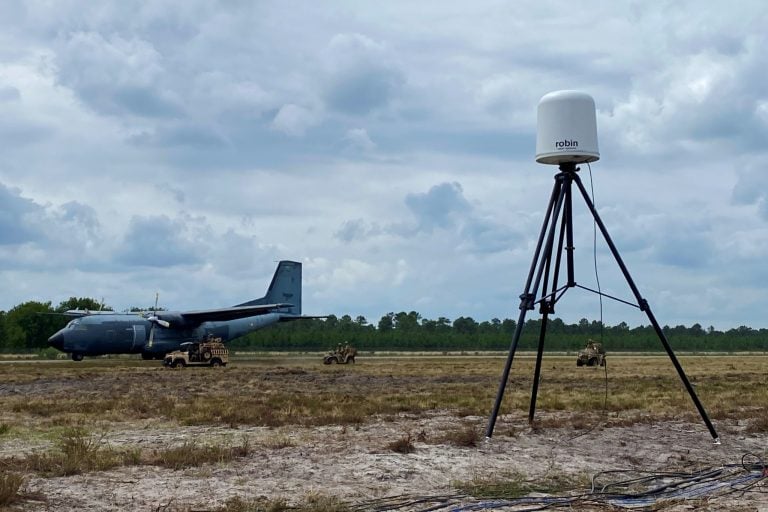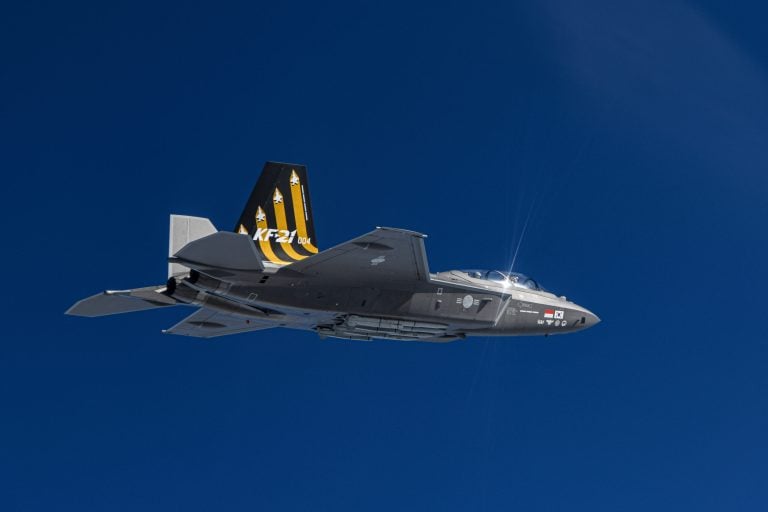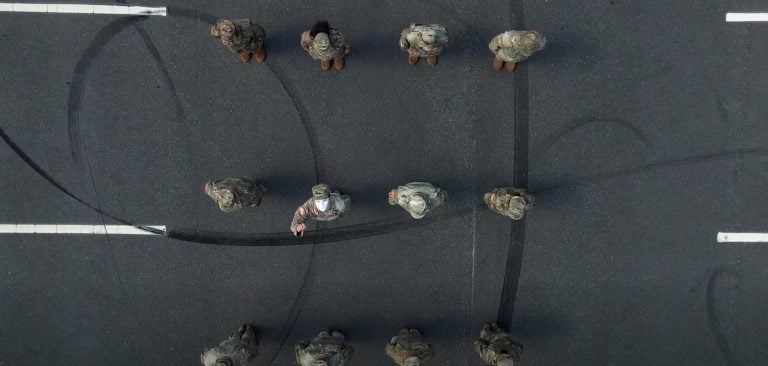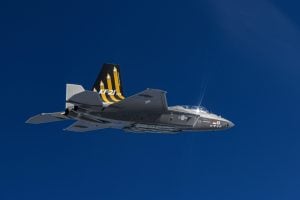The US Navy is making significant strides in enhancing its Mine Countermeasures (MCM) capabilities as part of its Littoral Combat Ship (LCS) program, with investments targeted at the development of advanced unmanned surface vehicles. These initiatives focus on the deployment of diesel-powered unmanned vehicles designed for operations both at sea and near shore to detect, hunt, and neutralize various subsea explosive threats.
In a recent announcement, the Navy outlined a series of contracts awarded to multiple defense contractors aimed at bolstering anti-mine operations within its existing LCS fleet. Such measures are critical for ensuring the Navy’s operational effectiveness in littoral environments, where the presence of maritime mines poses a considerable challenge to naval operations and global shipping lanes.
The first contract, valued at $7.7 million, has been awarded to Bollinger Shipyards. This contract focuses on the supply of tested materials that will improve the MCM capabilities of the Navy’s autonomous vessels during live operations. According to the agreement, completion of this contract is expected by September.
In addition, Raytheon Technologies will receive $18.3 million for the delivery of five Minehunt Payload Delivery Systems, scheduled for production with expected deliveries slated for 2026. This system is designed to enhance the Navy’s mine detection capabilities significantly.
Furthermore, Textron Systems has secured a contract valued at $12.1 million for the manufacture of four Minesweep Payload Delivery units. Deliveries for these units are anticipated to commence in early 2027.
Rear Admiral Kevin Smith, the Executive Officer for the US Navy’s Unmanned Surface Craft Program, emphasized the importance of these contracts in equipping the LCS with state-of-the-art MCM capabilities. He highlighted that as threats in the littoral environment continue to evolve, these upgrades are vital for maintaining operational readiness and ensuring the safety of Navy personnel. Additionally, he reiterated the Navy’s dedication to maintaining a competitive edge in modern warfare.
The advancements in MCM mission packages reflect a broader objective of enabling naval forces to access critical maritime regions while safeguarding global shipping routes. As the Navy continues to modernize its fleet, these technological enhancements promise to enhance its effectiveness in counteracting maritime threats on both strategic and tactical levels.
